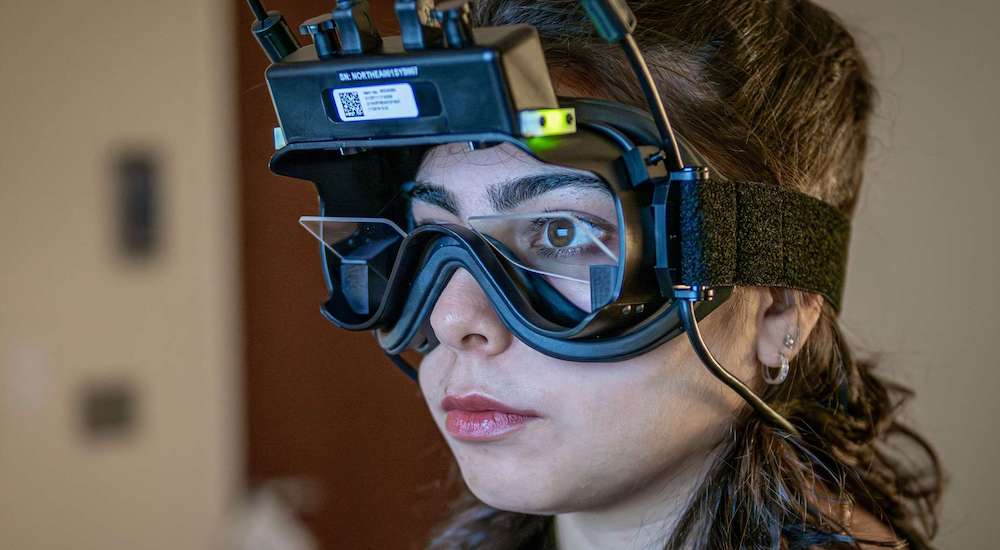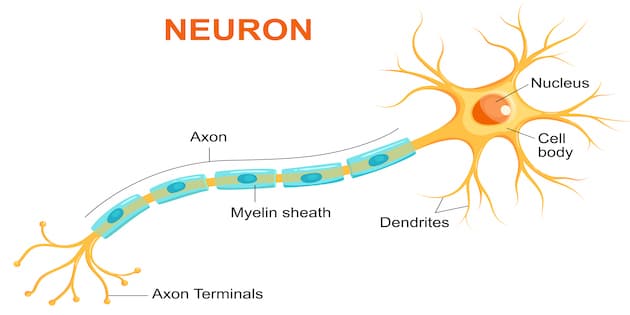Hearing loss in Neanderthal man
Paleontology
India-based online news portal TeCake recently reported on early humans, their characteristic behaviors, abilities, and social functioning. Interestingly, some examined specimens have been found to have features that probably caused hearing loss.

Recent research in hominid paleontology has found that early humans probably used advanced tools and may have become social due to changes in their environment. This social behavior is of particularly interest because it shows that early man was probably socially minded and willing to help others.
Analyses of the Neanderthal specimen known as Shanidar 1, carried out by researchers from Washington University in St. Louis, Missouri and the French National Center for Scientific Research in Bordeaux, have found that this hominid had a serious disability. He had bony growths in the ear canal and this would most likely have resulted in serious hearing loss. The Paleolithic-era hunter-gatherer was therefore no doubt profoundly deaf.
Because of this disability, which would have made Shanidar 1 less able to communicate and to coordinate his movements, he would have been more vulnerable to the carnivores known to have been commonplace at that time. Despite this, he was able to live 40 to 50 years which is a long life for Paleolithic hominids. It is assumed that social support was the key to his long survival since he would have needed help from others in this hostile environment.
Source: TeCake.com



